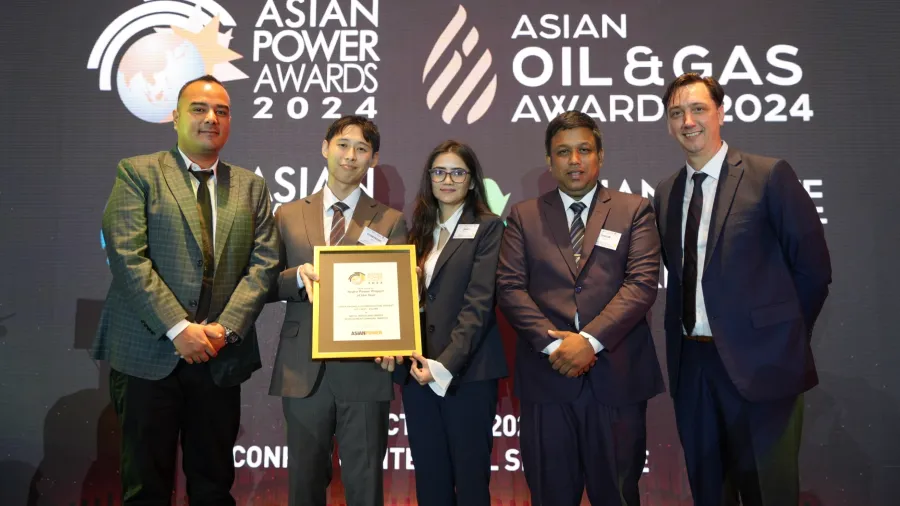
Nepal Water and Energy Development Company (NWEDC) secures win at Asian Power Awards 2024
The company was recognised for its hydroelectric project that enhances Nepal's energy production capabilities.
Nepal Water and Energy Development Company (NWEDC) emerged as the Hydro Power Project of the Year - Silver at the Asian Power Awards 2024. The accolade was given to the company for its Upper Trishuli-1 Hydro Electric Project (UT-1 HEP), a significant achievement in energy generation and benchmarking sustainable practices in Nepal.
UT-1, the flagship infrastructure initiative in the Rasuwa district, is poised to enhance the country’s energy production capabilities with an installed capacity of 216 MW. It is expected to generate approximately 1,456 GWh of electricity annually—an increase that will contribute about 8% to the nation’s total power generation.
The project—sponsored by KOEN, KIND, IFC (World Bank group) and a local partner —along with the nine international banks (as Lenders) is set for completion by December 2026.
A model for sustainable infrastructure development
One of the project's standout features is its implementation of the FPIC process, which emphasises the importance of engaging indigenous communities in large-scale infrastructure projects. This initiative not only respects the communities’ rights prioritising consent and partnership in protecting their land and resources but also leads to direct benefits such as job creation, economic development, and cultural preservation.
The UT-1 project, through consultation and partnership, fosters long-term community support and minimises potential conflicts, setting a precedent for future developments in the region.
With regard to the financial aspect, UT-1 represents the largest Foreign Direct Investment (FDI) initiative in Nepal's hydropower sector. Its agreements—including the Project Development Agreement (PDA) and Power Purchase Agreement (PPA) are considered model documents for future FDI Projects in Nepal—provide financial security through mechanisms like a hedging fund that mitigates risks associated with currency fluctuations. This is crucial in large-scale infrastructure projects where long-term investment is significant and financial volatility can pose substantial risks. This model ensures stable funding, which then attracts further investments and enhances Nepal's capacity for infrastructure development.
UT-1 also prioritises worker welfare by adhering to the IFC-EBRD guidelines. Accommodations include necessary amenities and safety measures, significantly enhancing health and morale. In contrast to non-compliant projects that face issues like overcrowding and poor sanitation, UT-1 is committed to worker rights, which contributes to a healthier and more productive workforce.
A catalyst for sustainable energy and community development
Once completed, the project is anticipated to generate around 1,456 GWh of electricity annually, boosting Nepal's overall power production. Amongst its social and community benefits are improved access to transportation, upgraded schools, and enhanced health facilities. The project has also implemented water supply programmes and upgraded technical and vocational training.
The UT-1 has contributed to technology transfer and the creation of local job opportunities, with 448 out of 1,274 positions filled by project locals as of April 2024. Additionally, it will empower community members by allowing eligible households to purchase up to 10% of the project company shares at par value. After completion, it provides them with 20 kilowatt-hours of free electricity each month to each household.
Moreover, the project has implemented 30 Construction, Environmental, and Social Management and Mitigation Plans (CESMMP), in line with the IFC Performance Standards. This approach ensures adherence to international best practices.
The project utilises advanced technologies to enhance construction efficiency and safety. These include automated material handling, shotcrete robots, and drone surveys, which significantly reduce the completion time. Cutting-edge safety measures such as stability monitoring systems likewise ensure the project meets high safety standards.
Sustainability and gender empowerment are also key components of UT-1. The project incorporates comprehensive environmental and social management plans aligned with international standards. It has undertaken cumulative impact assessments for the Trishuli River Basin, guiding sustainable development in the region. Gender initiatives promote women's visibility in non-traditional roles, with approximately 6% of the workforce comprising women.
On top of these, the UT-1 project initiated several efforts after the 2015 earthquake to uplift the livelihood of the locals. It conducted a socio-economic assessment of the families affected by the project and revised its Land Acquisition and Livelihood Restoration Plan (LALRP). These ensured that the needs of the local communities were addressed effectively.
It also implemented design optimisations to enhance the project's structural stability. The design of UT-1 has integrated flexibility to balance power generation with ecological preservation. This includes features such as fish passages, environmental releases, and biodiversity management strategies, amongst others.
To support the migration of the snow trout species, an environmentally friendly fish passage was developed. The project utilised innovative technology known as eDNA to collect genetic information that aids in fish conservation efforts.
Additionally, a value engineering study identified opportunities for further design optimisation. This led to the optimisation of different structures, such as the reduction of the number of Adits and diversion tunnels, the optimisation of cofferdam, the omission of a right bank access road, the introduction of bailey bridges, and the improvement in tunnel alignments, etc., amongst others. These optimisations have strengthened the project’s technical robustness and optimised the utilisation of resources.
The UT-1 Hydro Electric Project stands as a model for future hydropower initiatives in Nepal and beyond, paving the way for a greener and more inclusive clean and green energy future.
The Asian Power Awards is a prestigious event that recognises the innovative, groundbreaking projects and initiatives by power companies. It honours those who have taken game-changing steps to address the effects of the climate crisis and meet the growing demand for energy.
The Asian Power Awards is presented by Asian Power Magazine. To view the full list of winners, click here. If you want to join the 2024 awards programme and be acclaimed for your company's revolutionary innovations and initiatives in the power industry in Asia, please contact Danica Avila at [email protected].

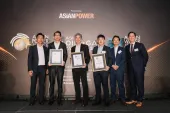

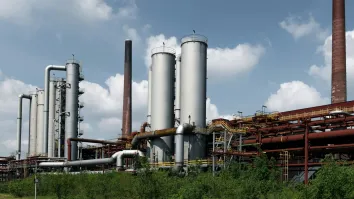
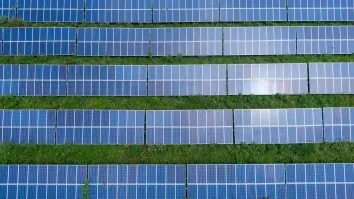
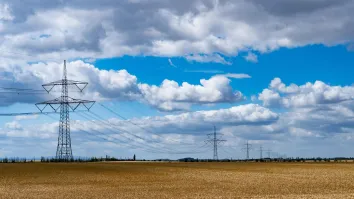
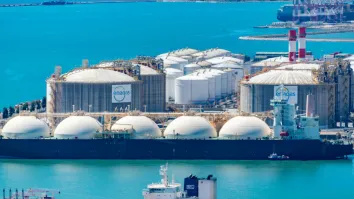












 Advertise
Advertise







